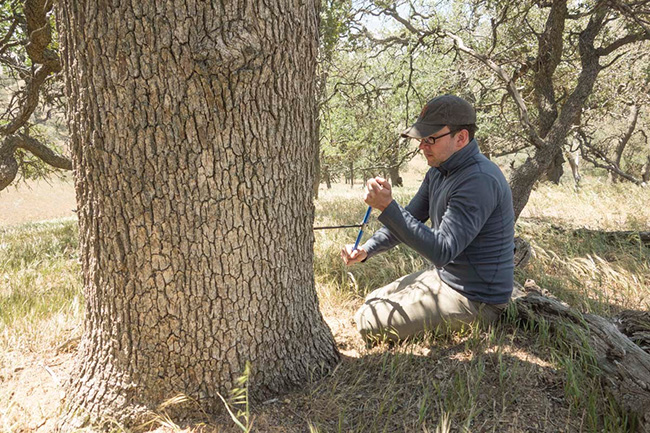
The study provides the state with breathtaking new historical context for its low reservoirs and sinking water tables, even as California celebrated its first good soaking of the season.
Analyzing tree rings that date back to 800 A.D. -- a time when Vikings were marauding Europe and the Chinese were inventing gunpowder -- there is no three-year period when California's rainfall has been as low and its temperatures as hot as they have been from 2012 to 2014, the researchers found.
Kevin Anchukaitis collects an tree-ring sample from a 300-year old blue oak in California. 2014 image by Daniel Griffin.
"We were really surprised. We didn't expect this," said one of the study's authors, Daniel Griffin, an assistant professor in the University of Minnesota's department of geography, environment and society.
The report, published in the journal of the American Geophysical Union, was written by researchers at Massachusetts' Woods Hole Oceanographic Institution and the University of Minnesota.
The scientists measured tree rings from 278 blue oaks in central and southern California. Tree rings show the age of trees, and their width shows how wet each year was because trees grow more during wet years.
The researchers compared the information to a database of other tree ring records from longer-living trees like giant sequoias and bristlecone pines, dating back 1,200 years.
Meanwhile, the rain that California received this week provided a promising start to a winter that water managers say needs to be relentless and drenching to break the drought cycle.



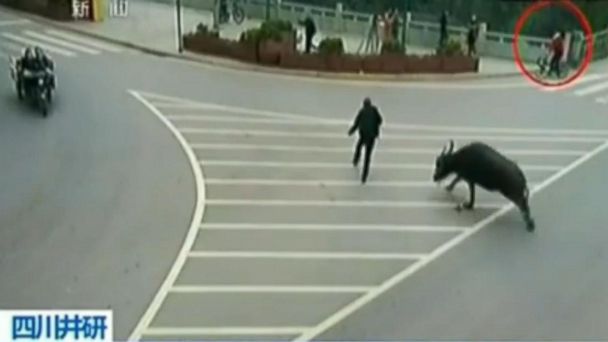
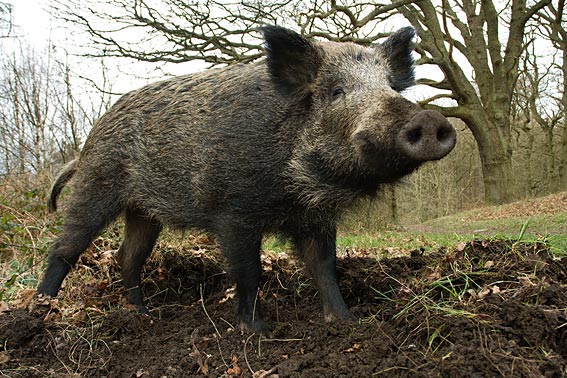

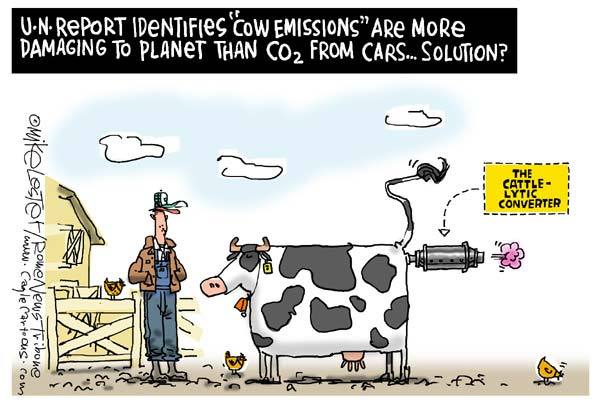
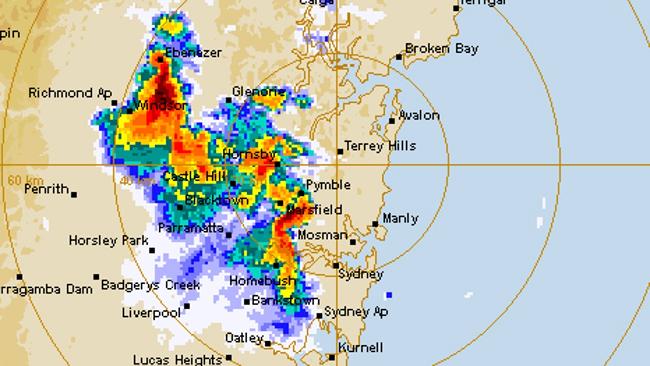
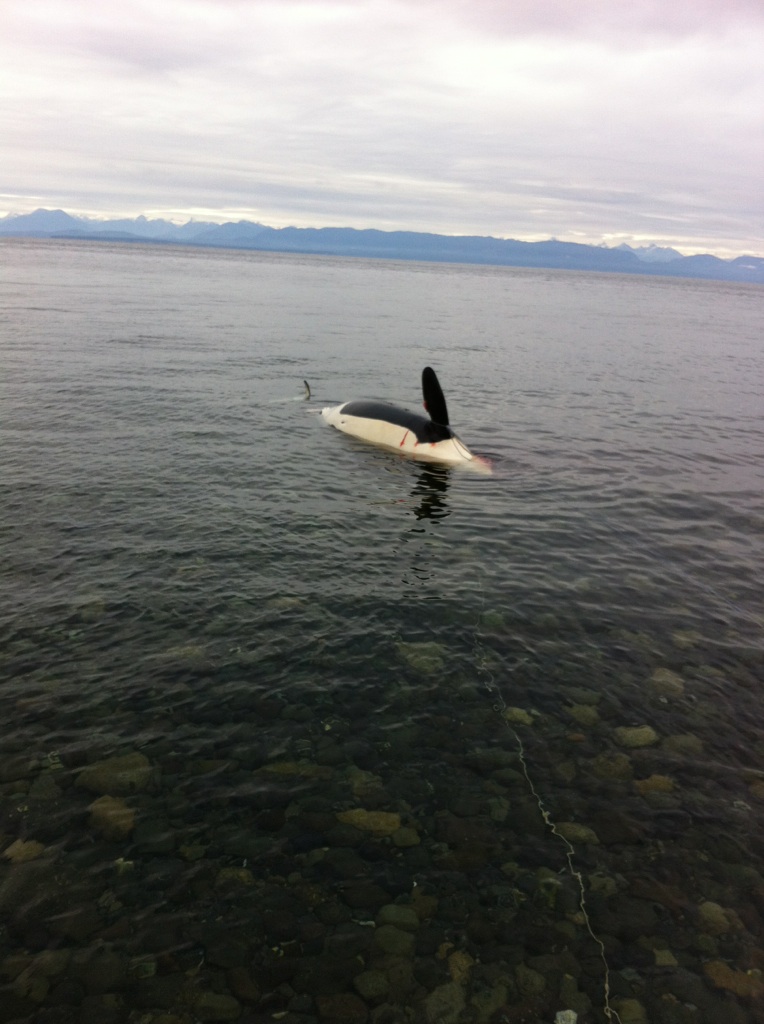



Comment: Read Earth Changes and the Human-Cosmic Connection for the science behind the electric universe and the crazy weather we've been having here on the big blue marble.
See also:
SOTT Talk Radio show #70: Earth changes in an electric universe: Is climate change really man-made?